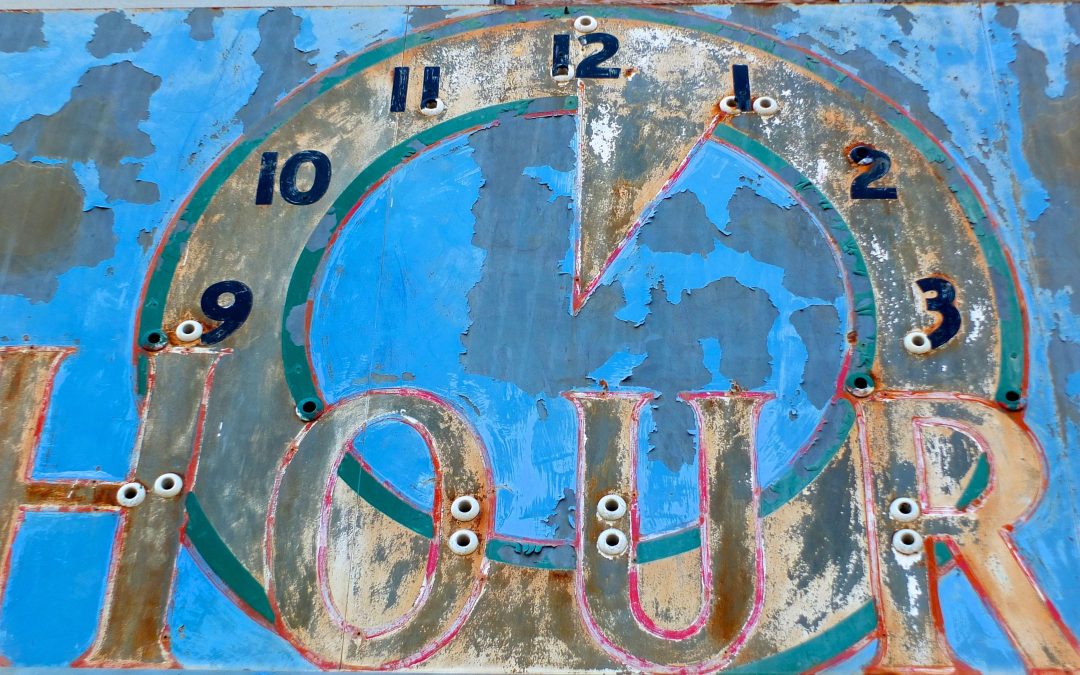You might, wonder what a seemingly benign concept such as Daylight Saving Time (DST) has to do with your physical and mental health. Well, as it turns out, it has a lot to do with it.
Daylight Saving Time can be hazardous to your health
Perhaps the most important thing to know about Daylight Saving Time is that well-regarded research has found that the biannual shifting of time back and forth has serious social, medical and psychological consequences.
“When there is a shift in the season and our access to daylight, our bodies struggle to adjust,” Cleveland Clinic psychologist Dr. Susan Albers.said in a recent TV interview.
Albers points out that symptoms of seasonal affective disorder (SAD) including feeling depressed, acting withdrawn, lacking motivation, struggling to concentrate, changes in sleeping and poor eating habits may increase in some people
Other studies have documented that in addition to depression, DST is related to increases in obesity, heart attacks, strokes, cancer, accidents and decreased production in school and work. You can learn more about the health effects of Daylight Saving Time as well as actions you can take to lessen the impact of DST on your health here:
Where did the idea of Daylight Saving Time come from?
You probably have heard one or more DST origin stories. For example:
- You may have been taught that DST was conceived as an energy conservation tool, reducing the use of electricity
- Or that DST was created to give farmers more sunlight to plant and reap their crops.
- Or that it provides protection to children walking to school or their bus making them more visible to drivers on the roads.
There are other versions that have been put forth but what origin stories such as these have in common is that they are wrong, wrong and wrong.
Where the concept of Daylight Saving time originated
Let’s take a look back to see when and how this century old practice of changing the clocks twice a year actually came about.
The introduction of DST can be traced back to WWI (1914-1918) when it was conceived as an effort to increased light to allow defense workers to labor further into the night. But within months after the war ended, the practice was halted.
You can learn more about the history of Daylight Saving Time here
DST has become a hodgepodge of global confusion.
Most countries around the world adhere to the biannual practice although not on the same days. Many other countries simply don’t bother. The EU is proposing to end the practice, but the UK will remain committed to it.
My personal favorite global time zone story is that China, a nation wider than the North American continent, has only one time zone. In 1949, as the Communist Party consolidated control of the country, Chairman Mao Zedong decreed that all of China would be one time zone, Beijing Standard Time, to promote national unity. So citizens in the far west of China enjoy sunrise at 10AM and sunset at Midnight during the winter season.
DST in the USA
All the states in the US use DST except for Hawaii, Indiana and Arizona, although the indigenous Navajo Nation within Arizona’s borders utilizes the practice, but only in the winter months. Equally odd is that only 80 of Indiana’s counties acknowledge Eastern Daylight Saving Time, 12 align with neighboring states to the west and use Central Daylight Saving time. So if you’re traveling to Indiana for business or an important event, it’s wise check with a local to see what time it is where you are and where you’re going.
There are currently a number of initiatives proposes by some US states to abolish DST altogether and others that would make DST permanent, i.e., no changing back and forth. Regardless of the states’ desires, any request for a local change would have to be approved by the US Congress. Given the highly partisan nature of current politics in the US the odds are long that things will change very soon.
In the meantime, all we have to look forward to is that weekend in April when things all go back to normal. Unless you think that’s when our lives will get overturned once again.
Photo © Kevin Dawkins



